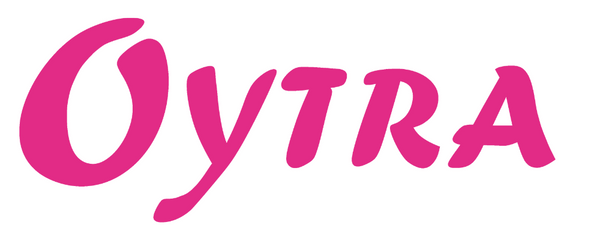Difference between Air-dry clay and LaMaSa Clay
Share
Air-dry clay and LaMaSa (Land of Make Believe Modeling and Sculpting Art) clay are both popular choices for sculpting and crafting, but they have some differences in terms of composition, properties, and recommended uses. Let's compare the two:
Air-Dry Clay:
-
Composition: Air-dry clay is a type of clay that hardens when exposed to air over time. It usually contains natural materials such as clay, fibers, paper pulp, and other binders.
-
Drying Process: It doesn't require baking or firing in a kiln. The clay dries and hardens on its own when left in the open air. The drying time varies depending on the thickness of the project and the brand.
-
Versatility: Air-dry clay is versatile and suitable for various projects, including sculpting, hand-building, and creating decorative items. It is commonly used in schools and for DIY crafts.
-
Texture: The texture of air-dry clay can range from fine to coarse, depending on the brand and formulation.
-
Painting: Once dry, it can be painted and sealed for a finished look.
LaMaSa Clay:
-
Composition: LaMaSa clay is a type of lightweight clay that often contains cellulose fibers, pigments, and other additives.
-
Drying Process: Similar to air-dry clay, LaMaSa clay is air-dried and does not require baking. The drying time may vary based on the thickness of the project.
-
Recommended Uses: LaMaSa clay is specifically designed for sculpting miniature figures, dolls, and detailed projects. It is known for its smooth texture and ease of molding intricate details.
-
Color Variations: LaMaSa clay is available in various colors, reducing the need for extensive painting after the sculpting process.
-
Lightweight: It tends to be lightweight, making it suitable for creating delicate and intricate pieces without adding significant weight.
Choosing Between Air-Dry Clay and LaMaSa Clay:
-
Project Type: Consider the type of project you are working on. If you need a versatile clay for various crafts, air-dry clay might be suitable. If you are sculpting detailed miniatures, LaMaSa clay could be a better fit.
-
Texture and Finish: Think about the desired texture and finish of your project. Both clays offer different textural qualities, so choose the one that aligns with your artistic vision.
-
Availability: Consider the availability of each clay type in your location and whether it fits within your budget.
Ultimately, the choice between air-dry clay and LaMaSa clay depends on your specific project requirements and personal preferences. Experimenting with both types can help you determine which one suits your needs best.

15 comments
mqpoxo
v3p7zr
pkly87
ti8uvd
bynheg